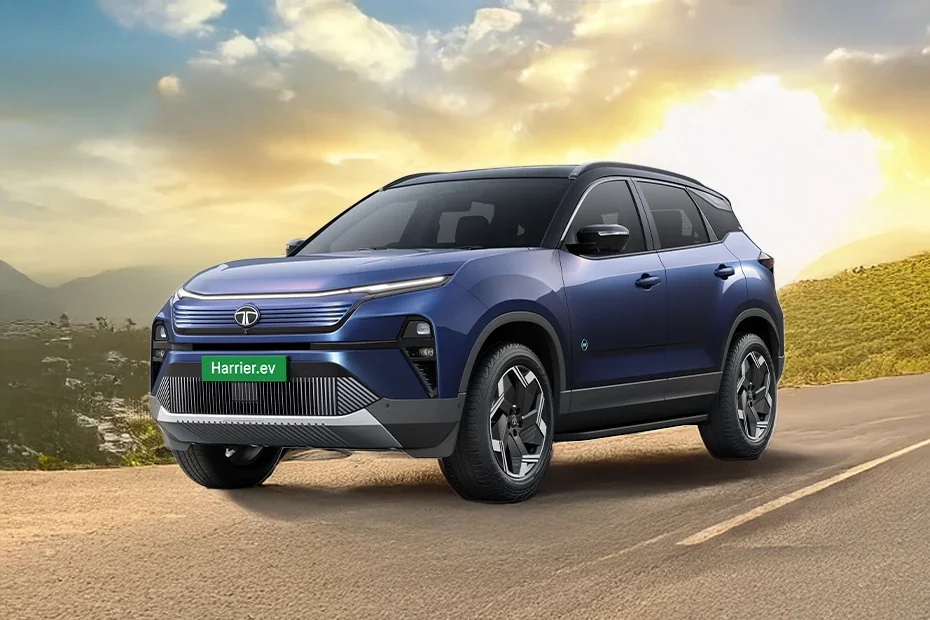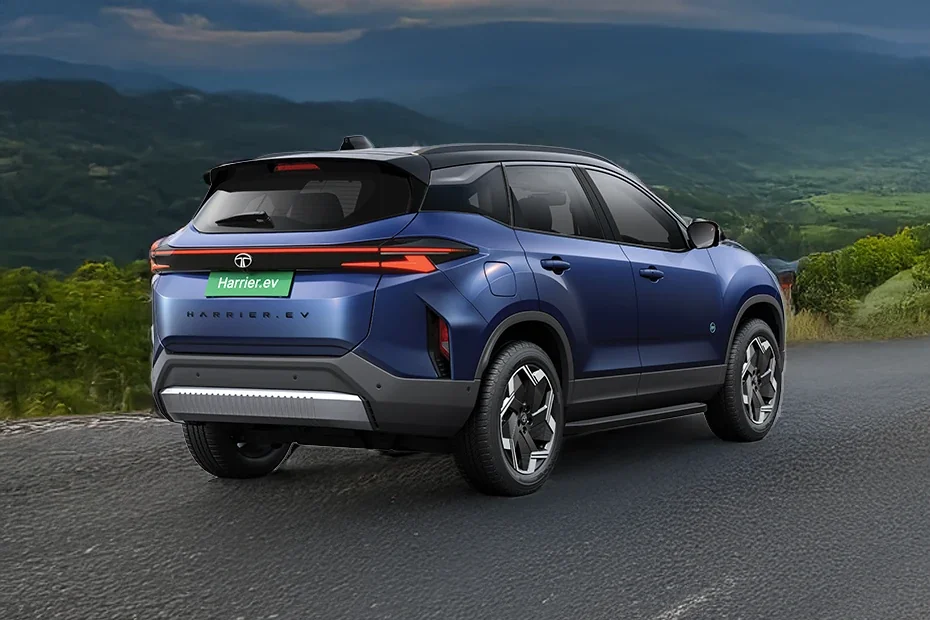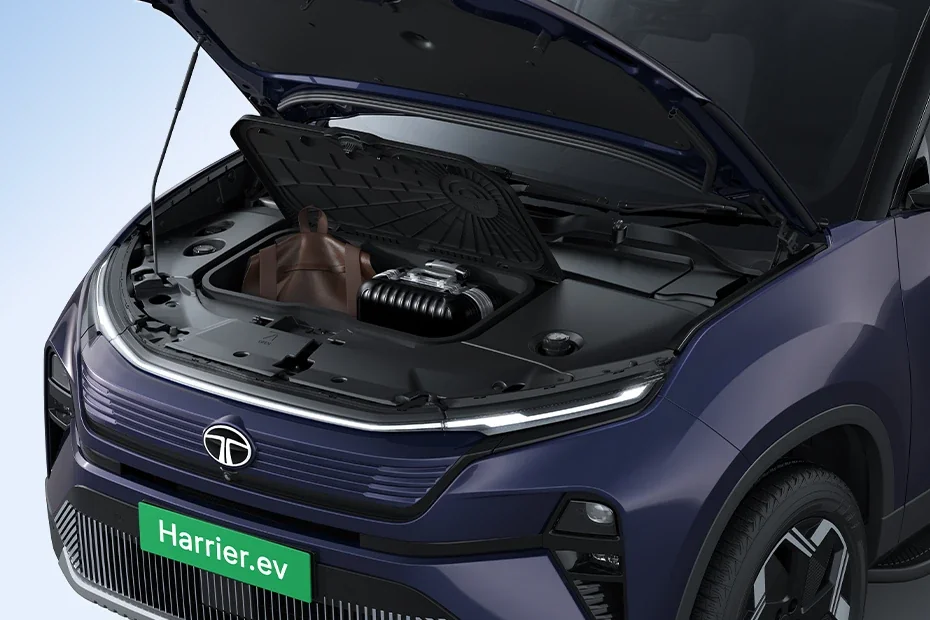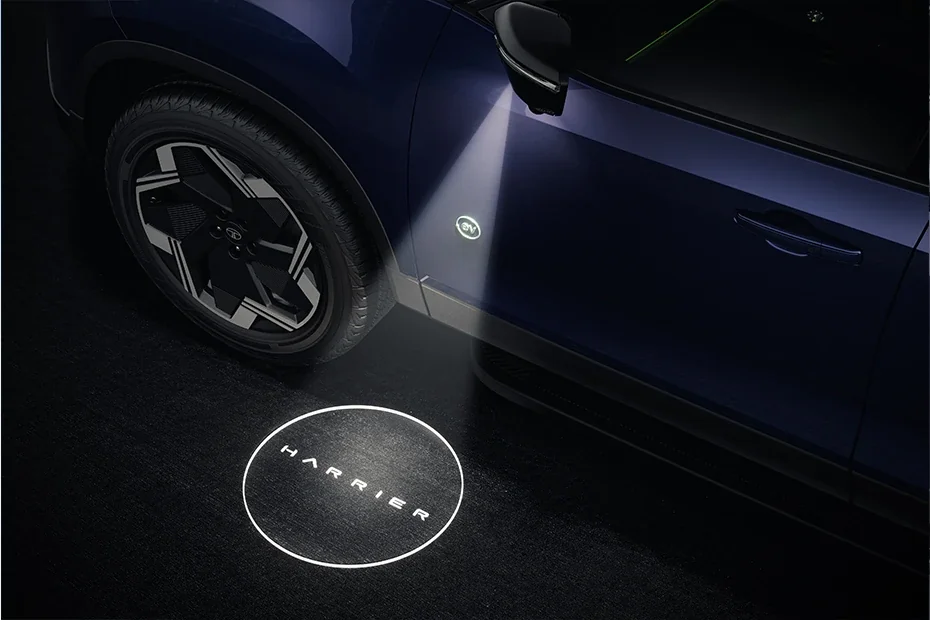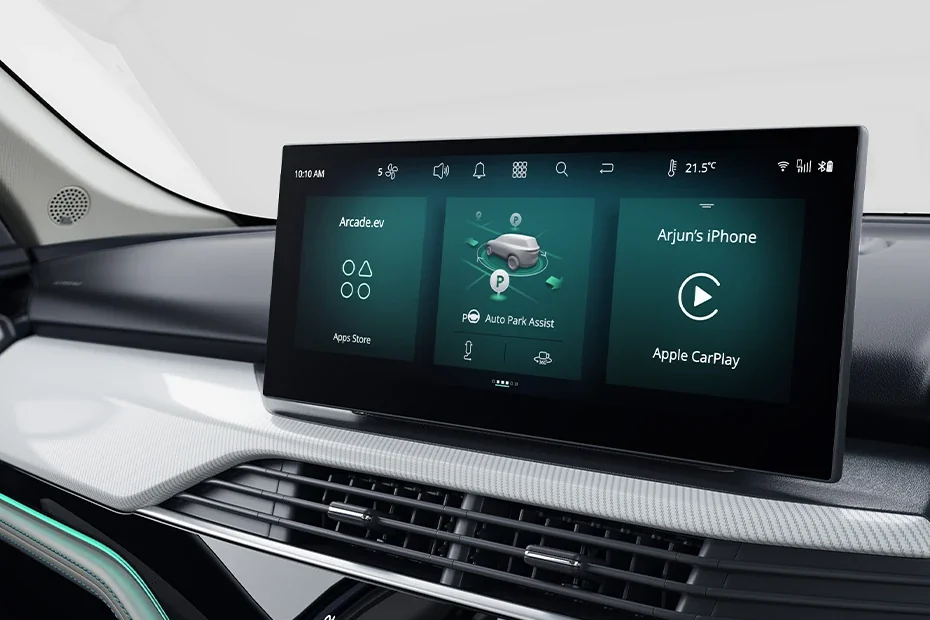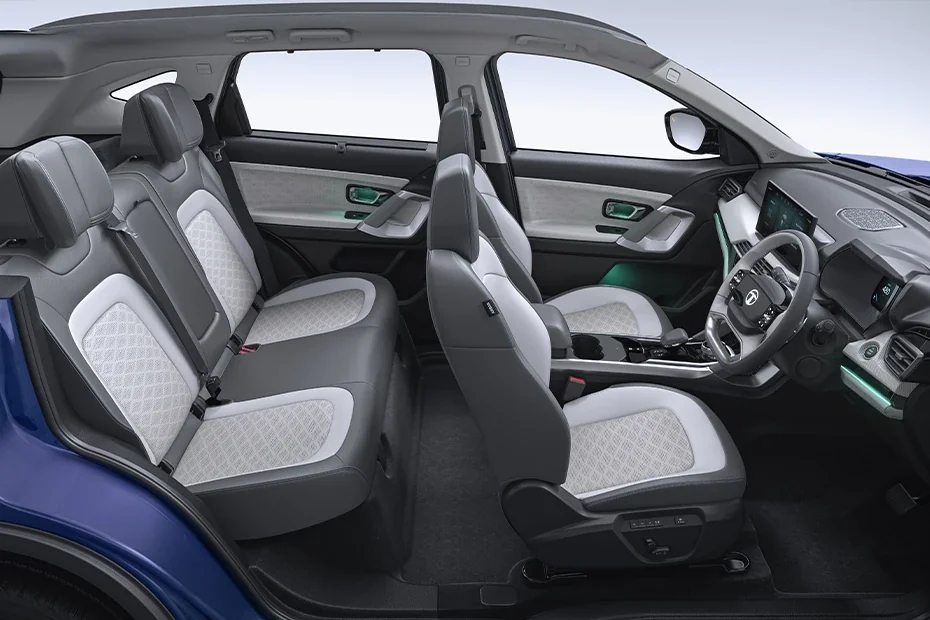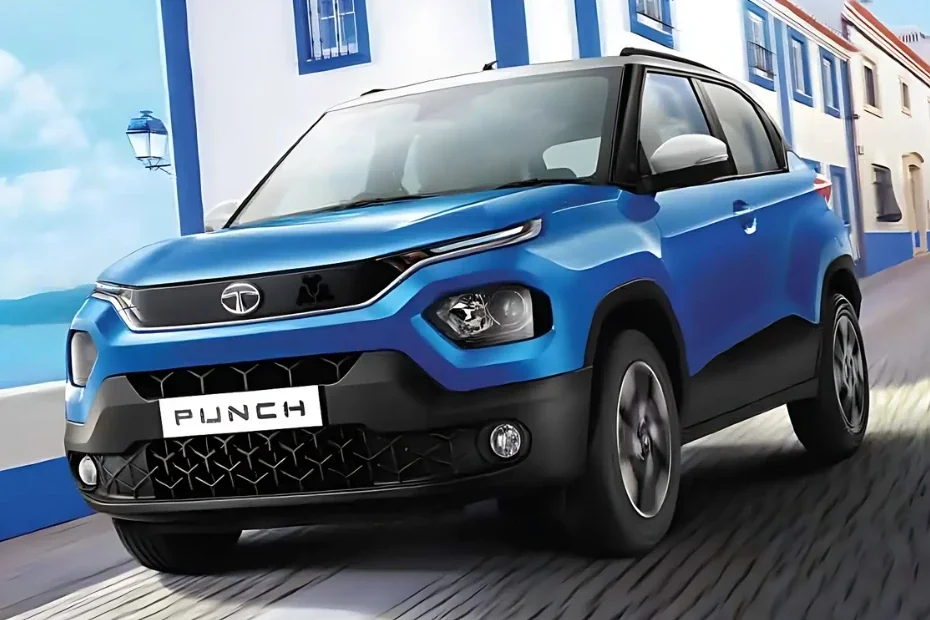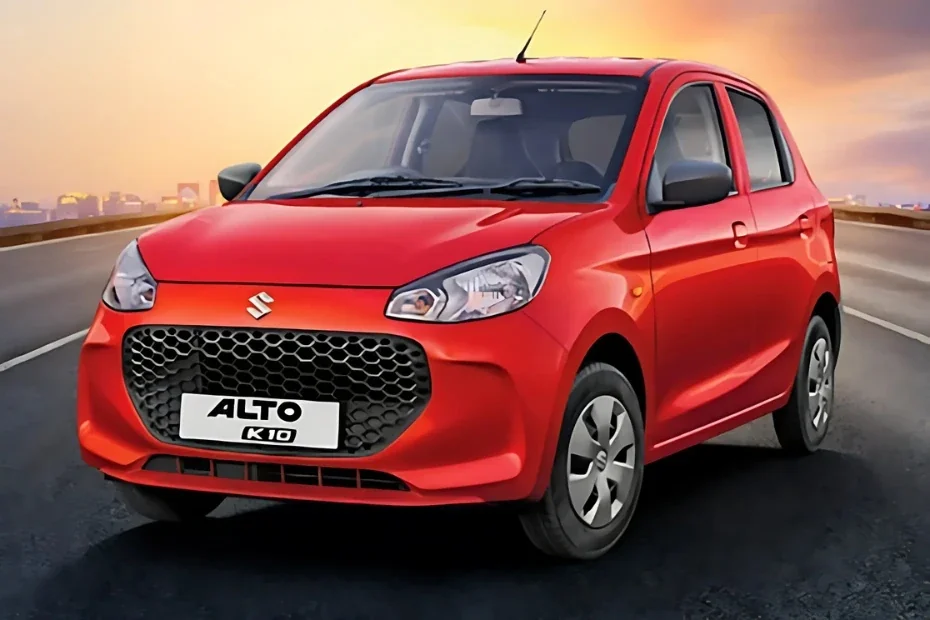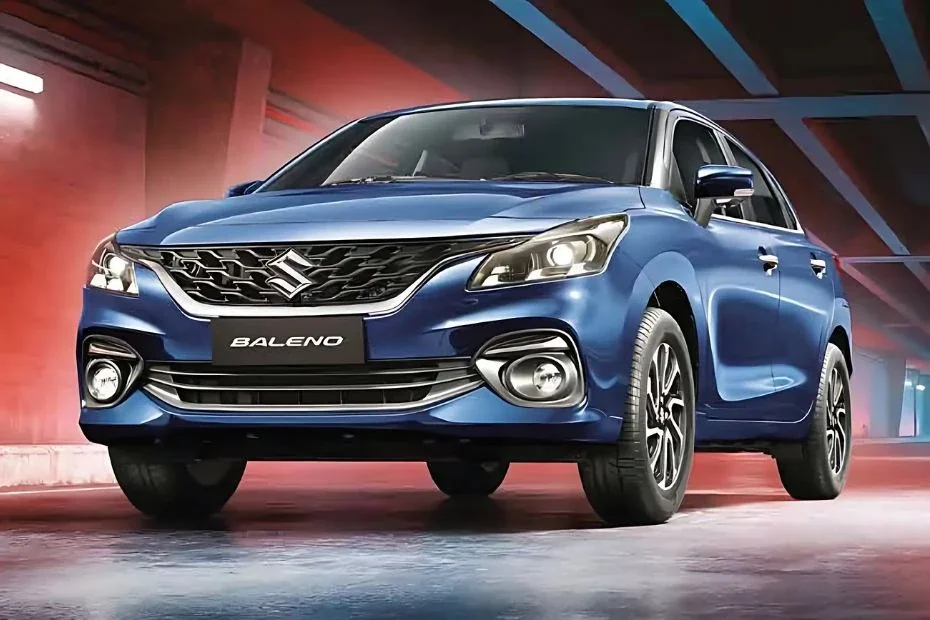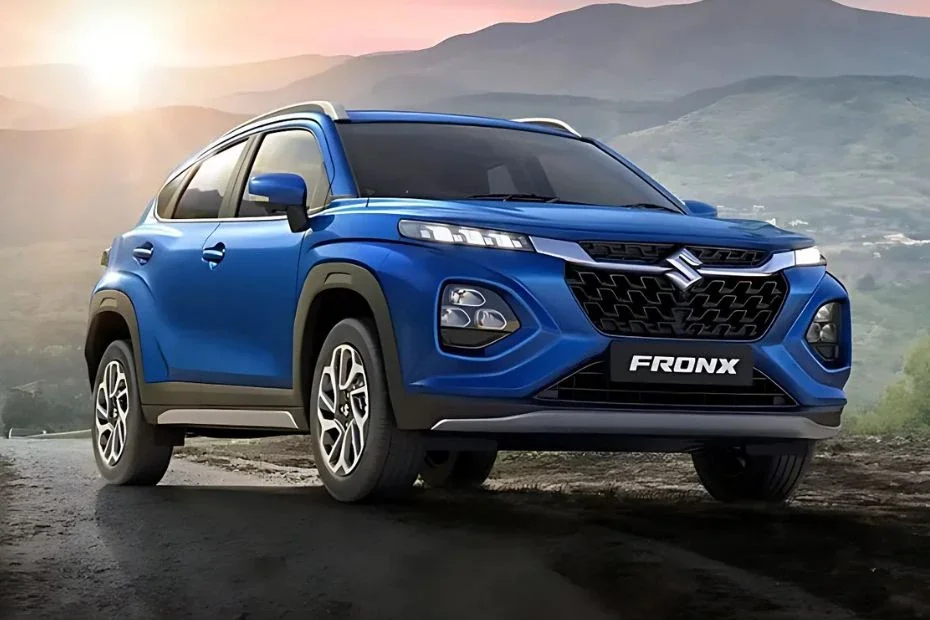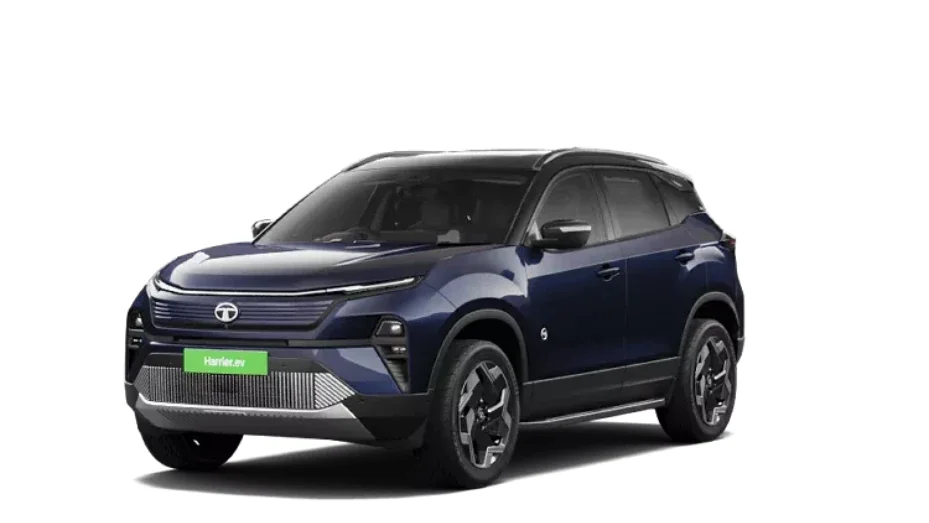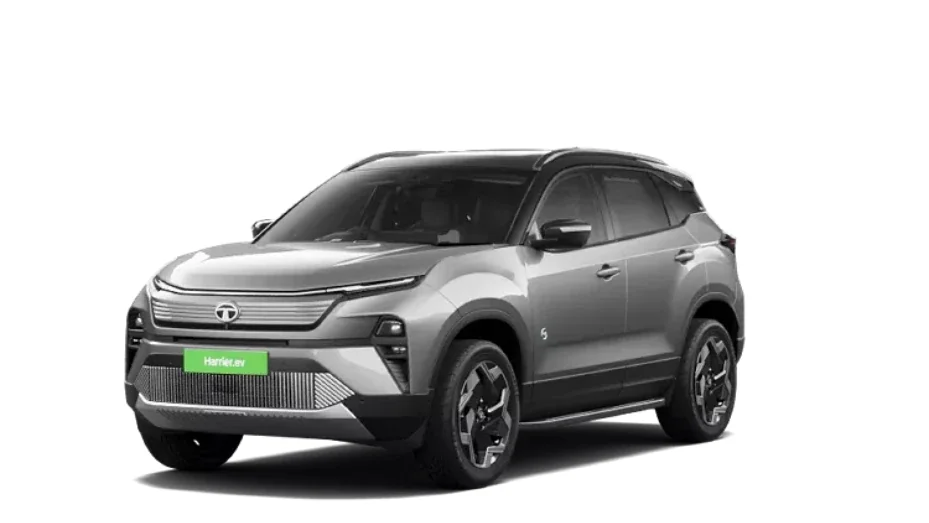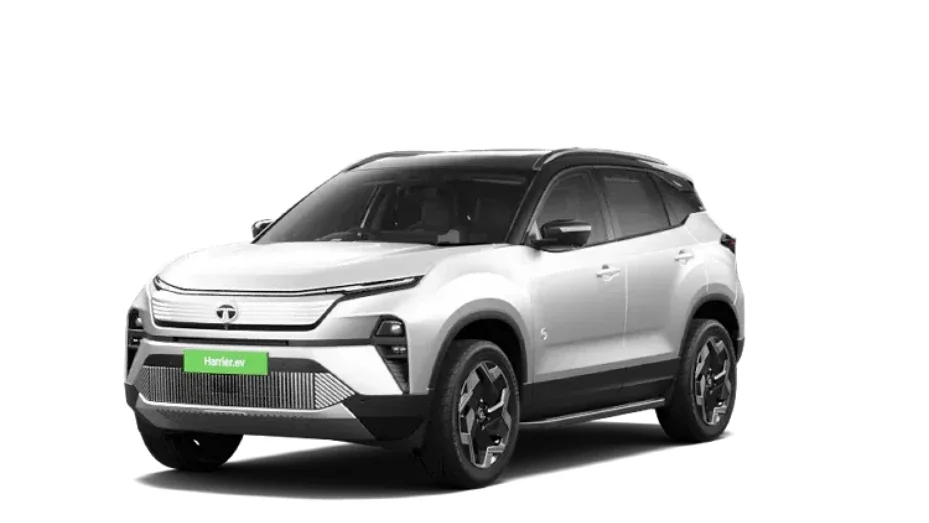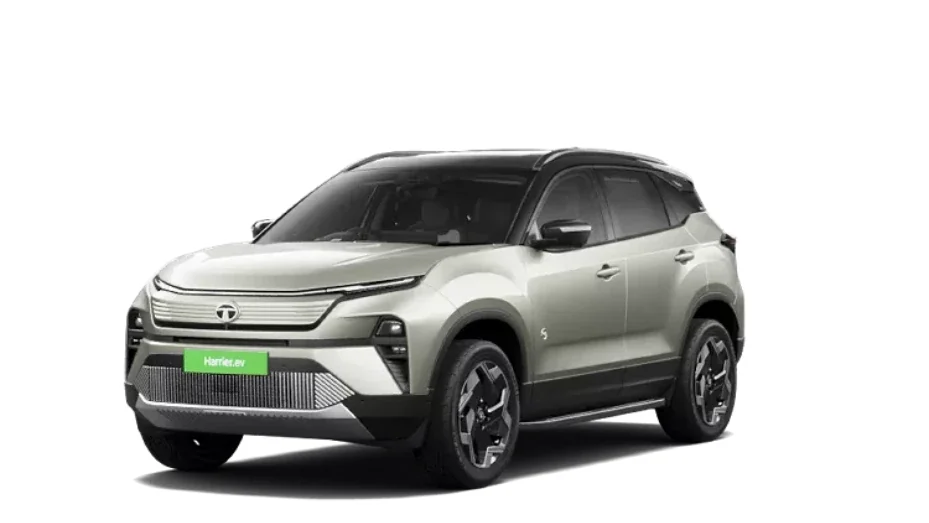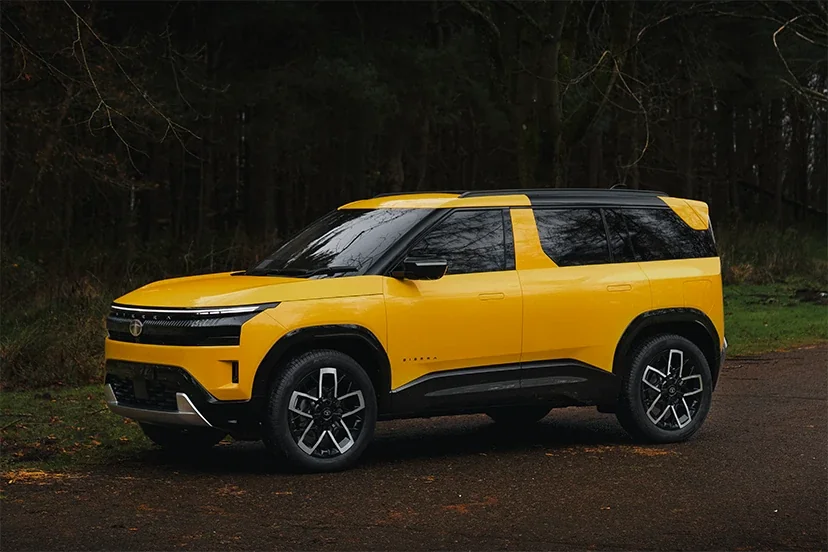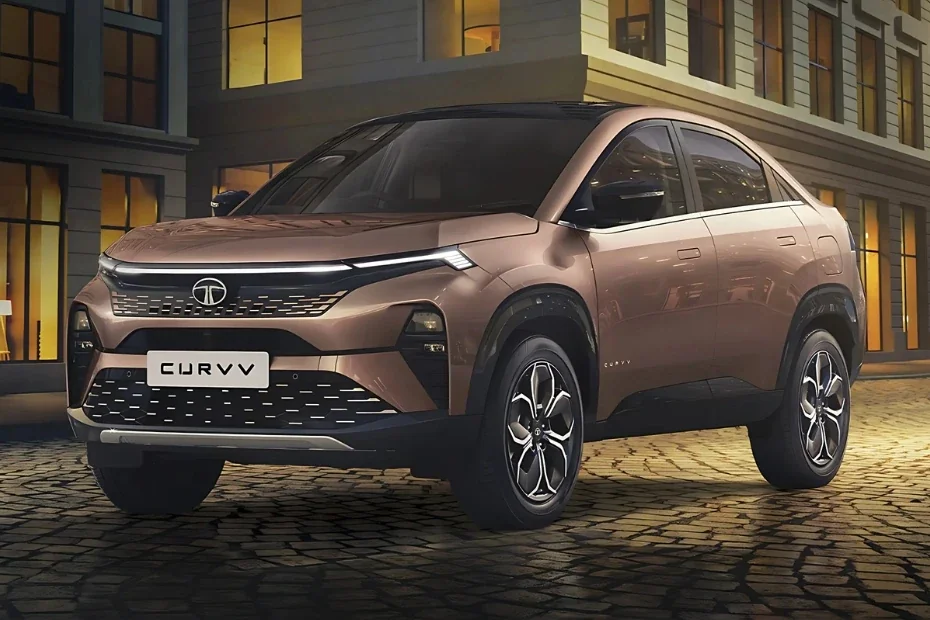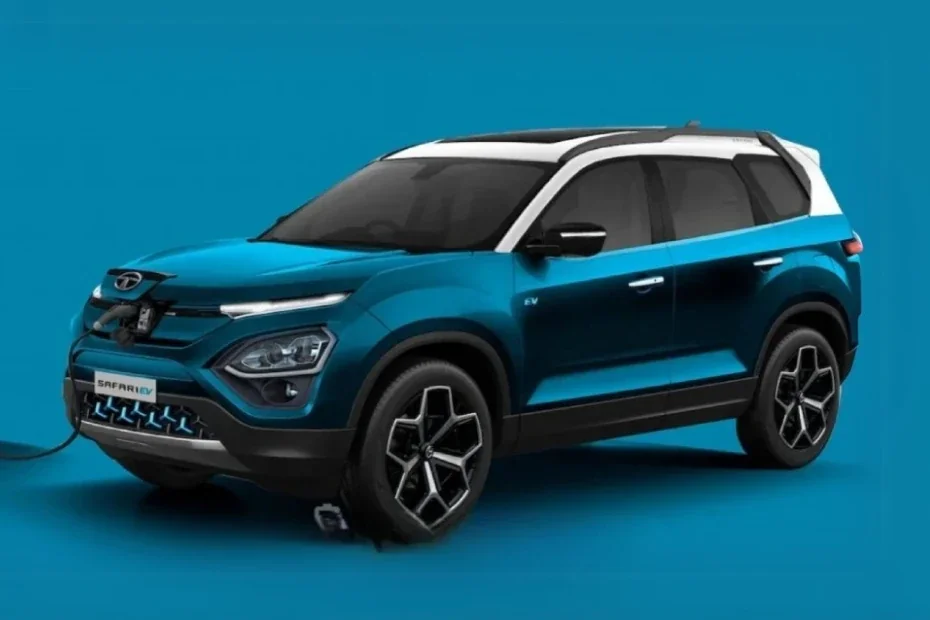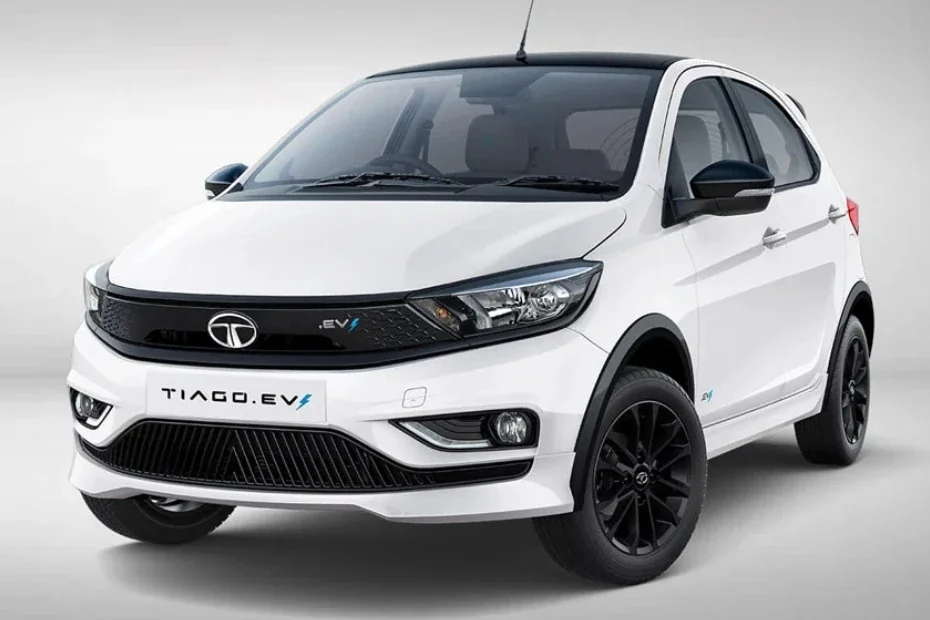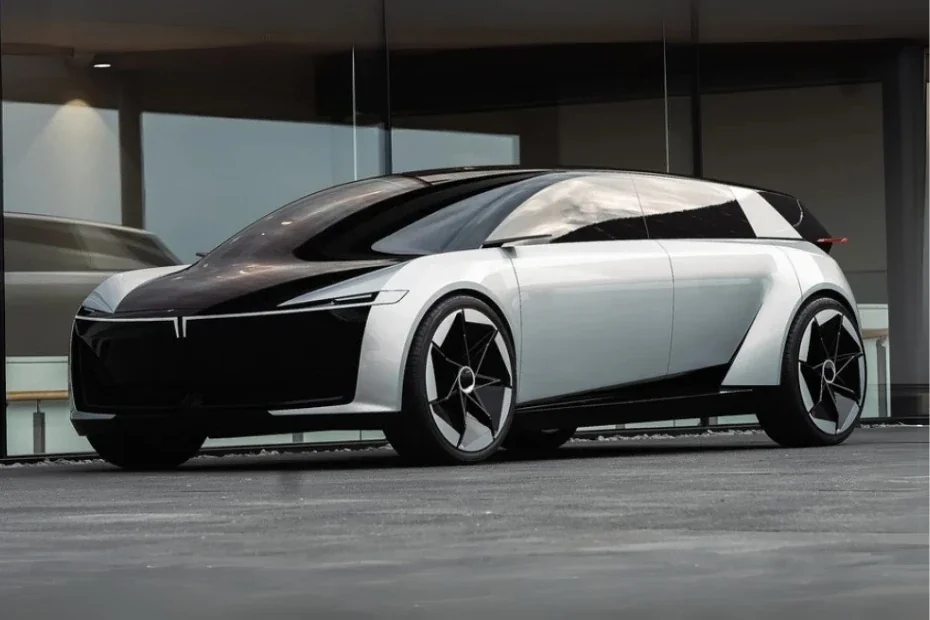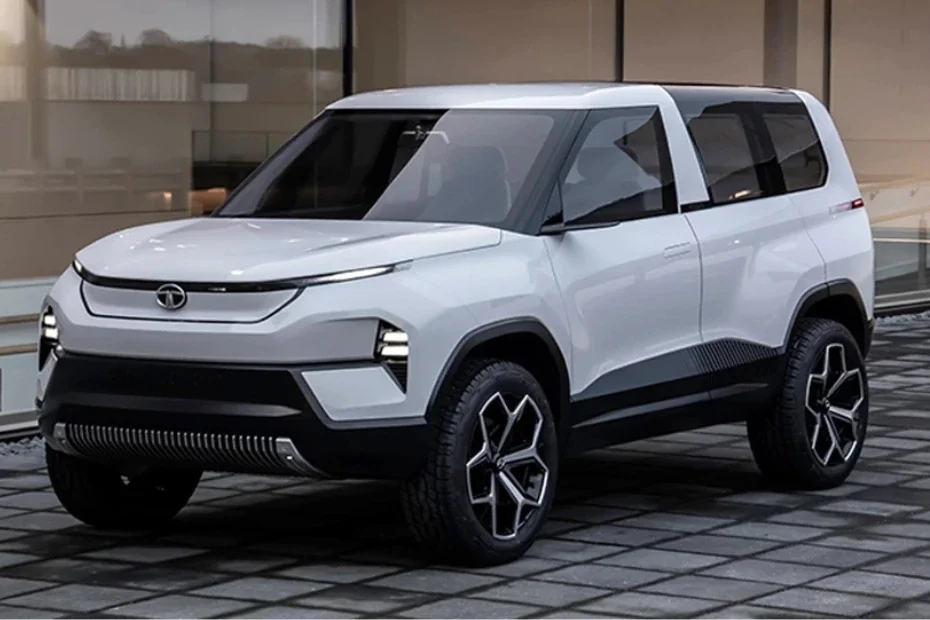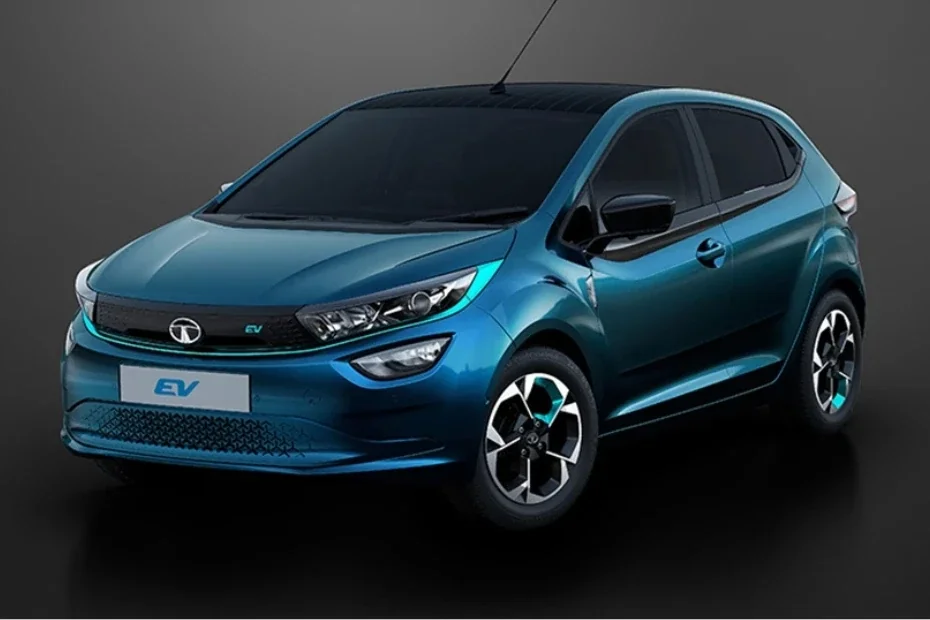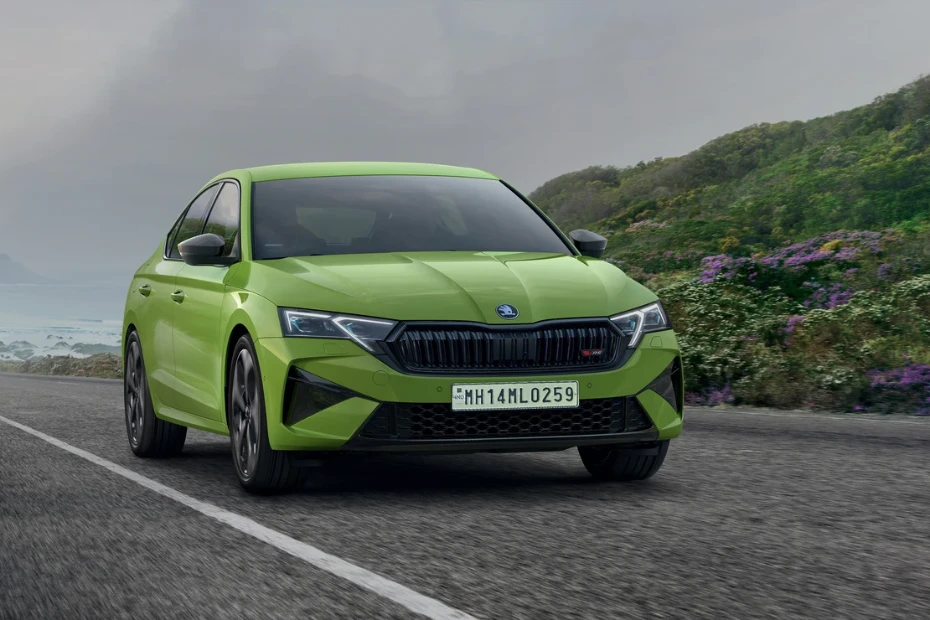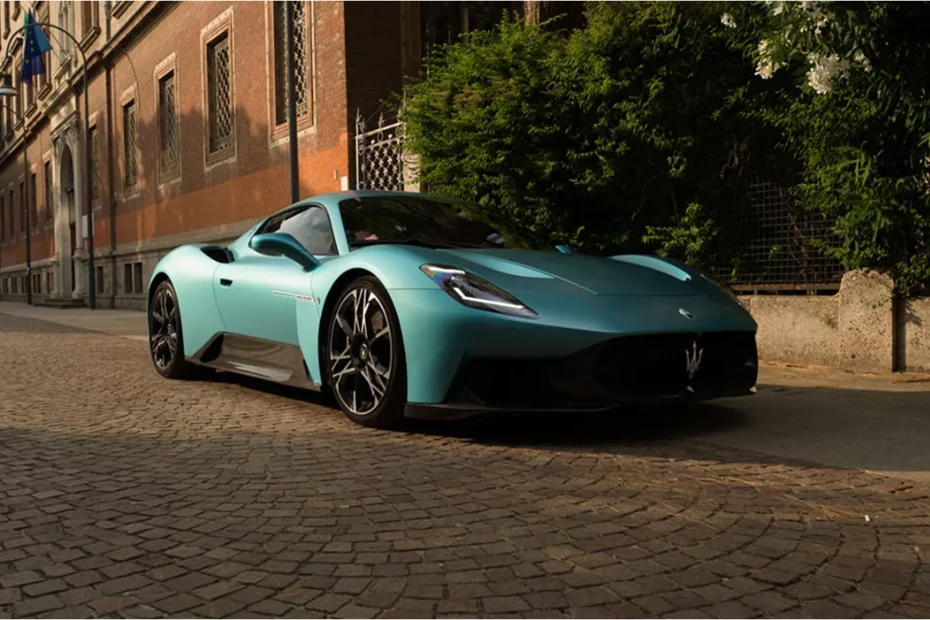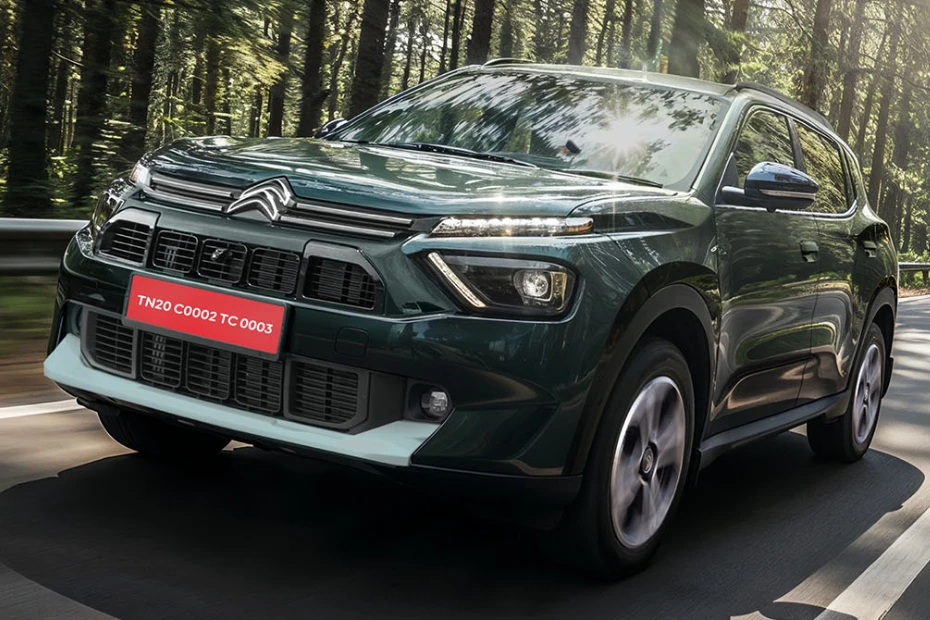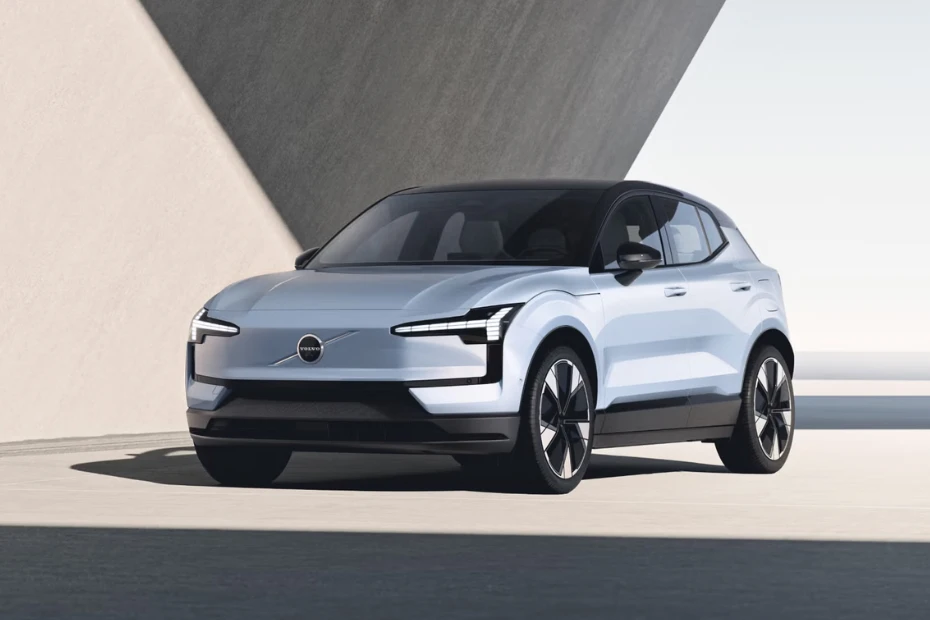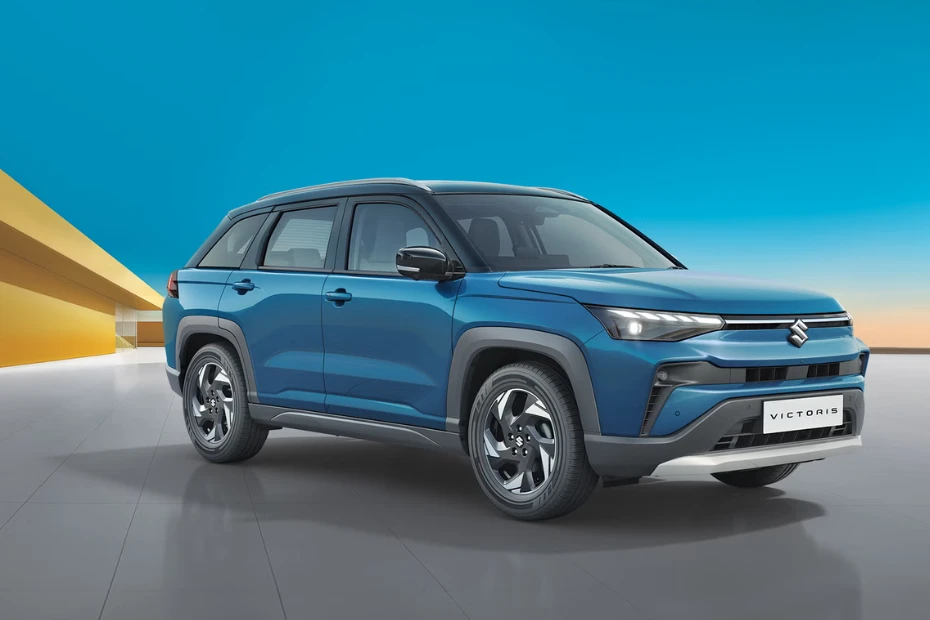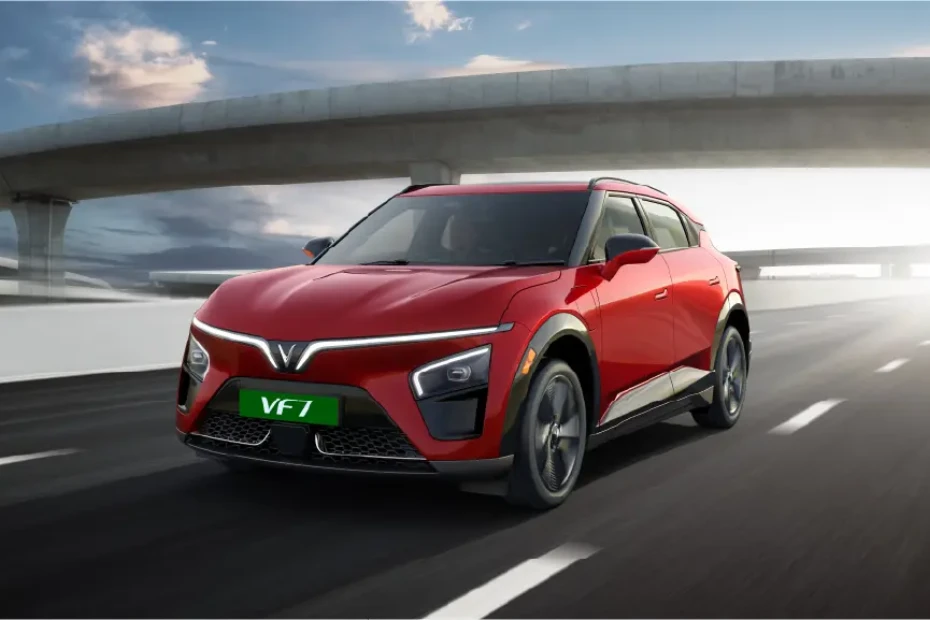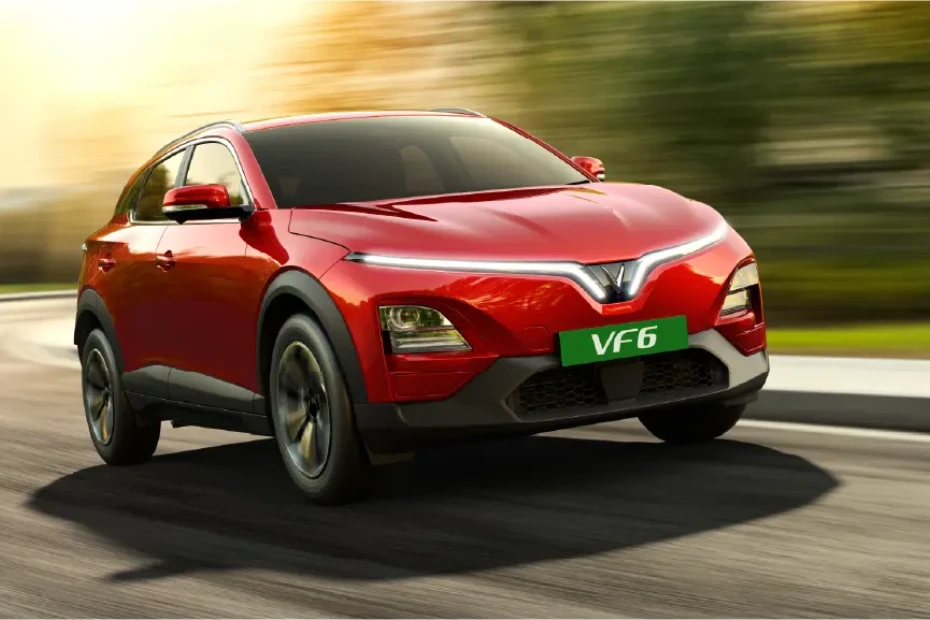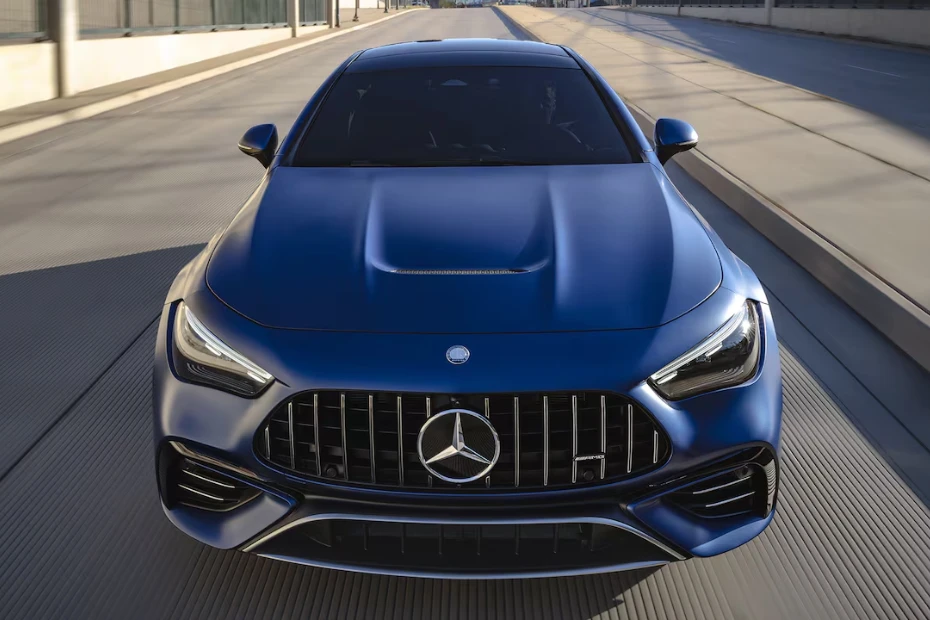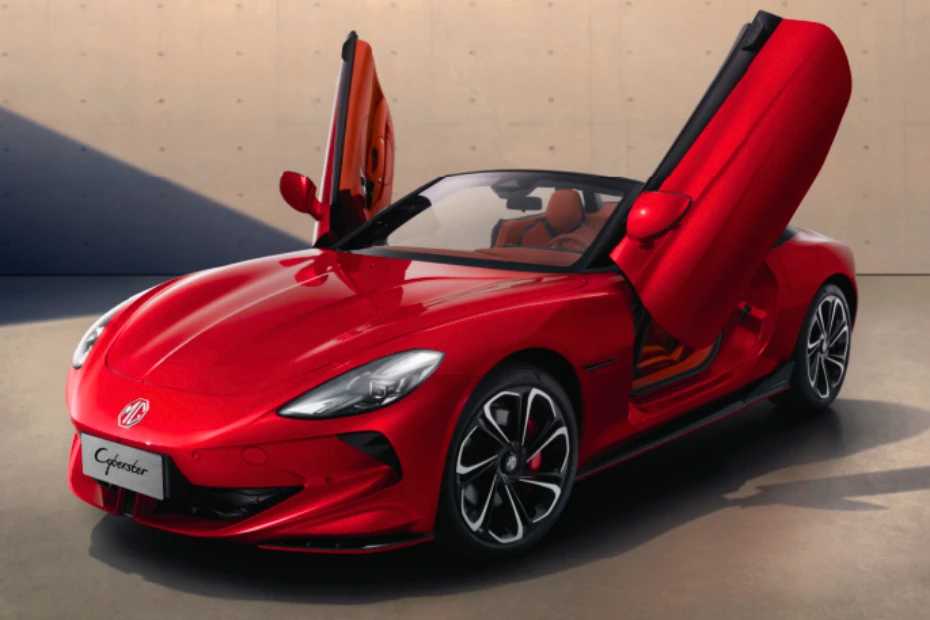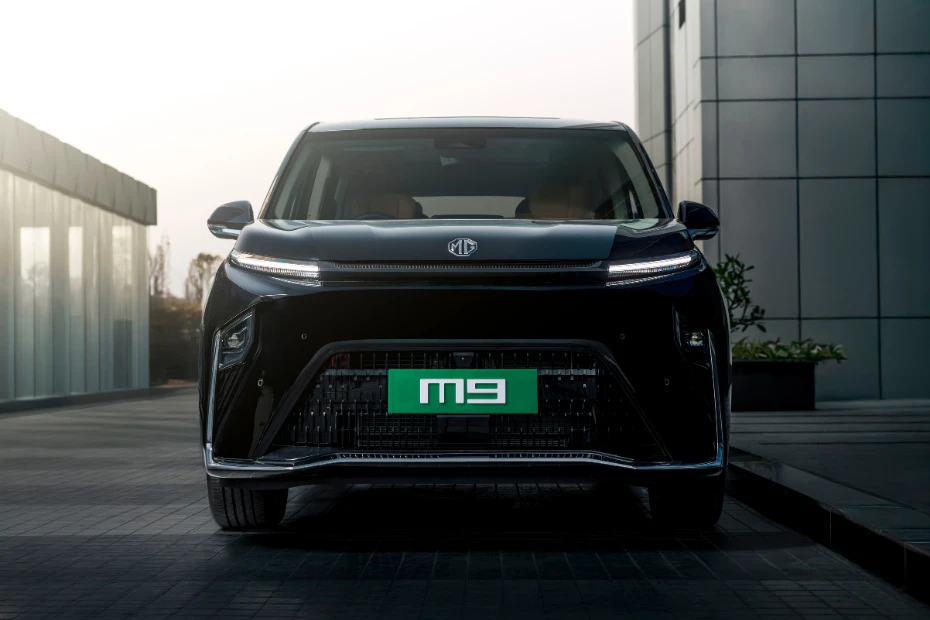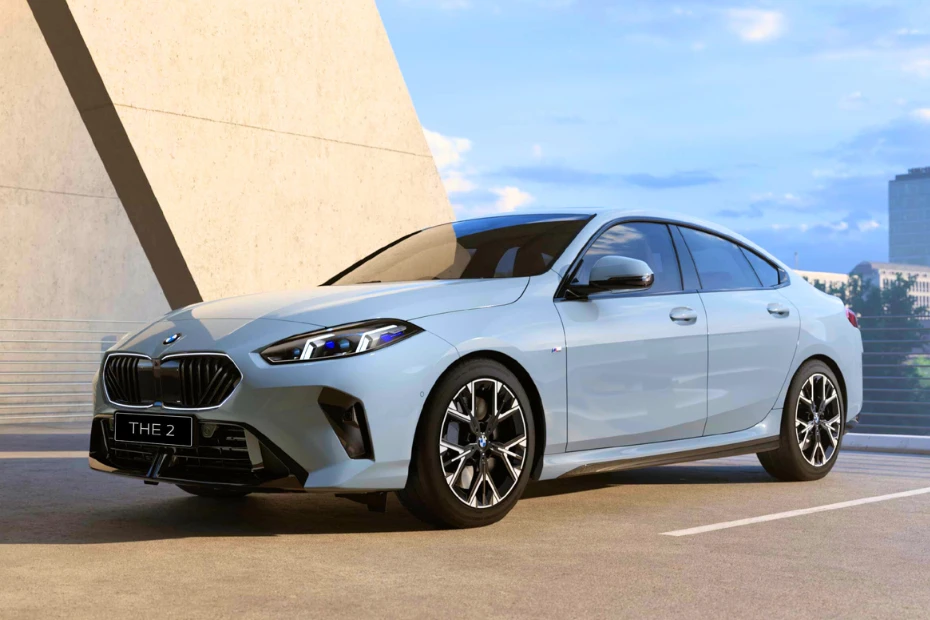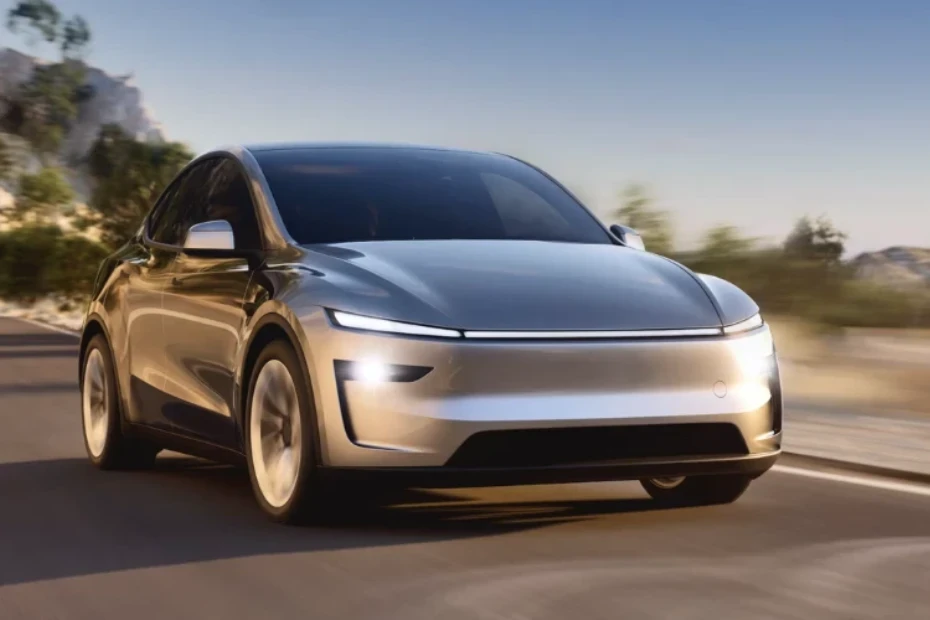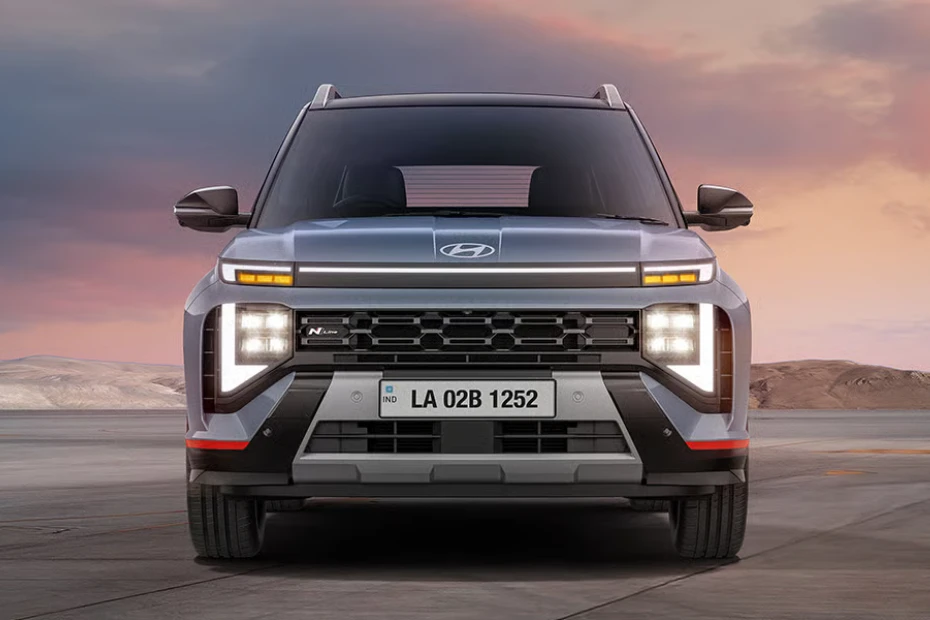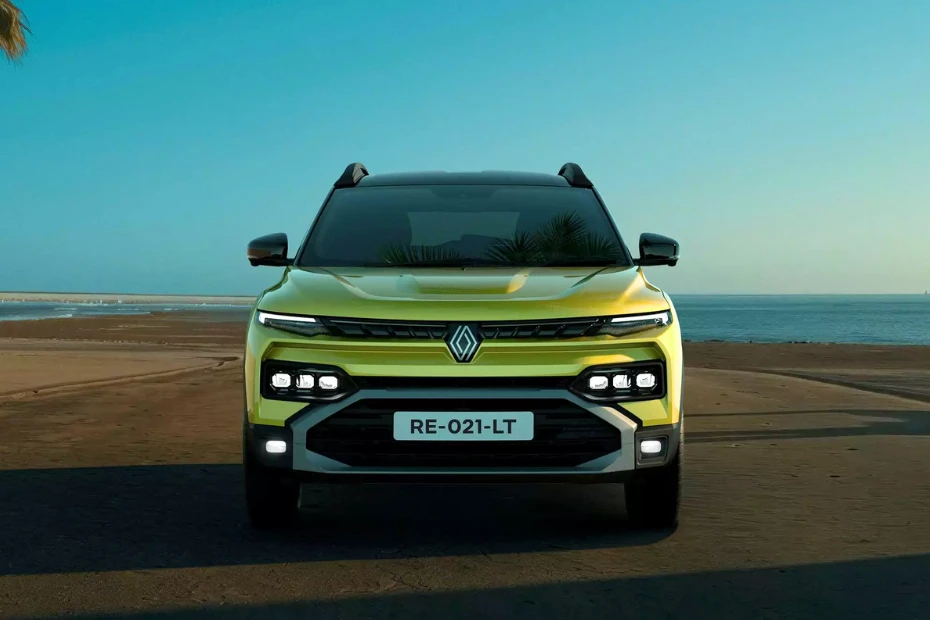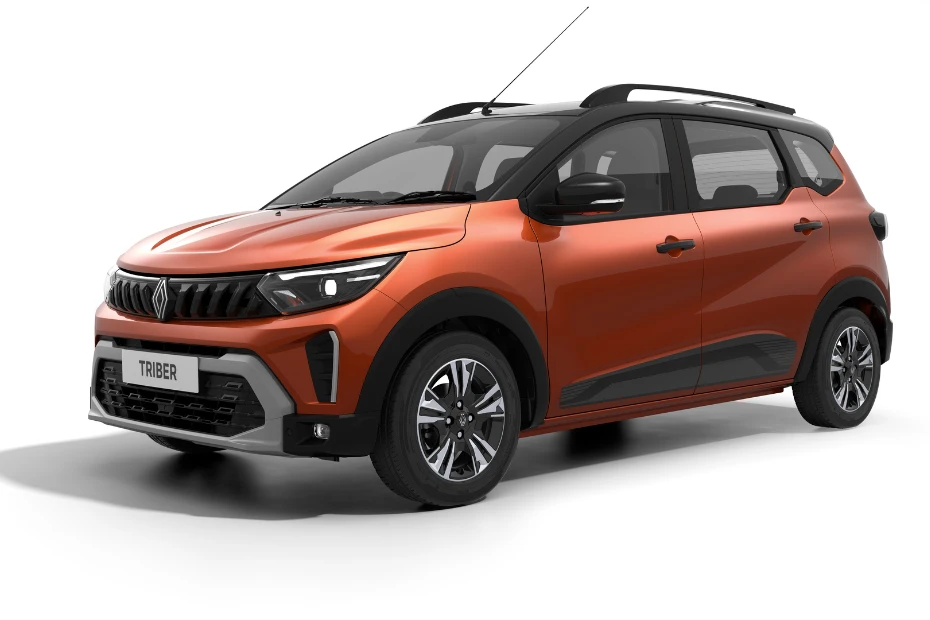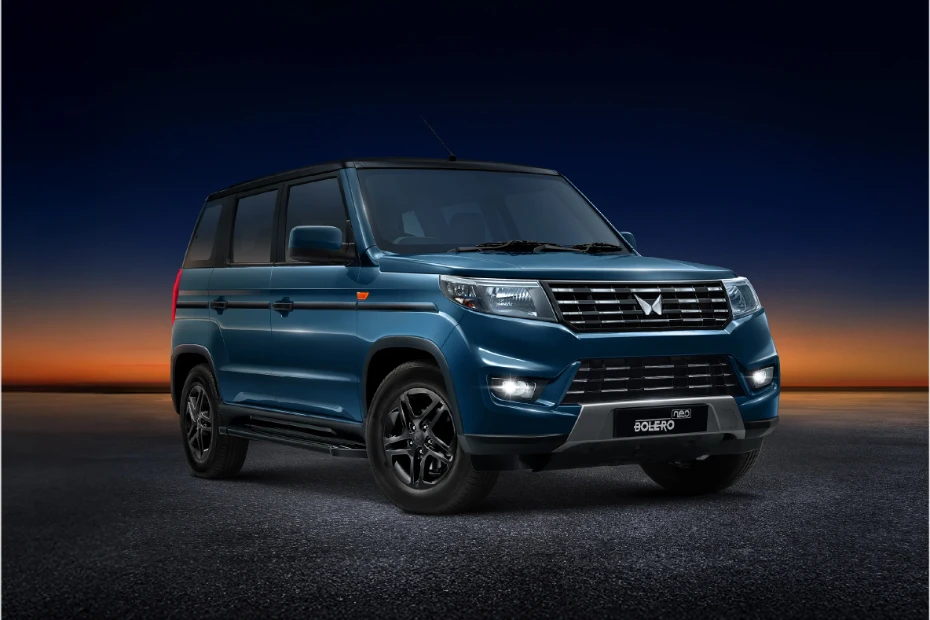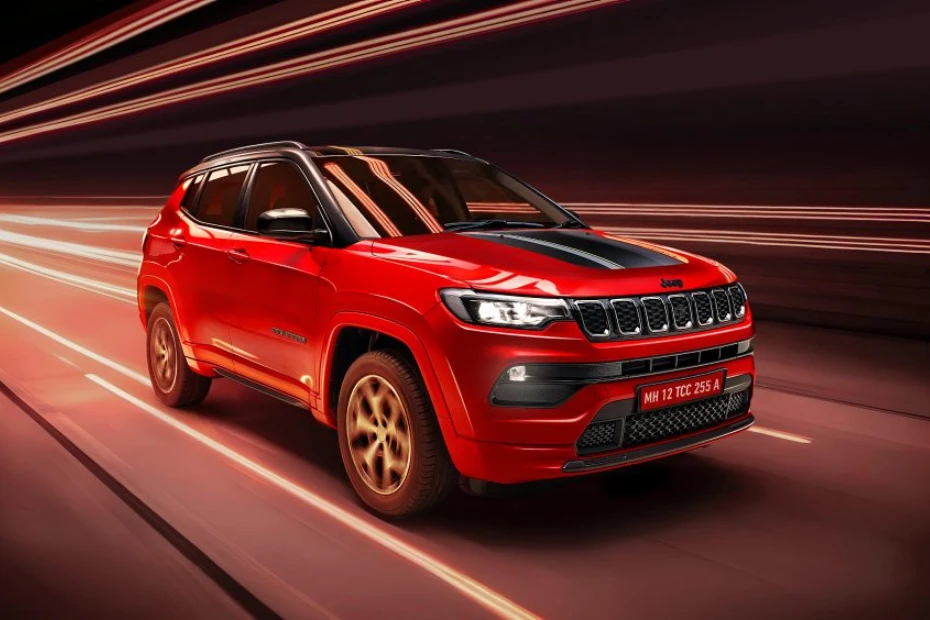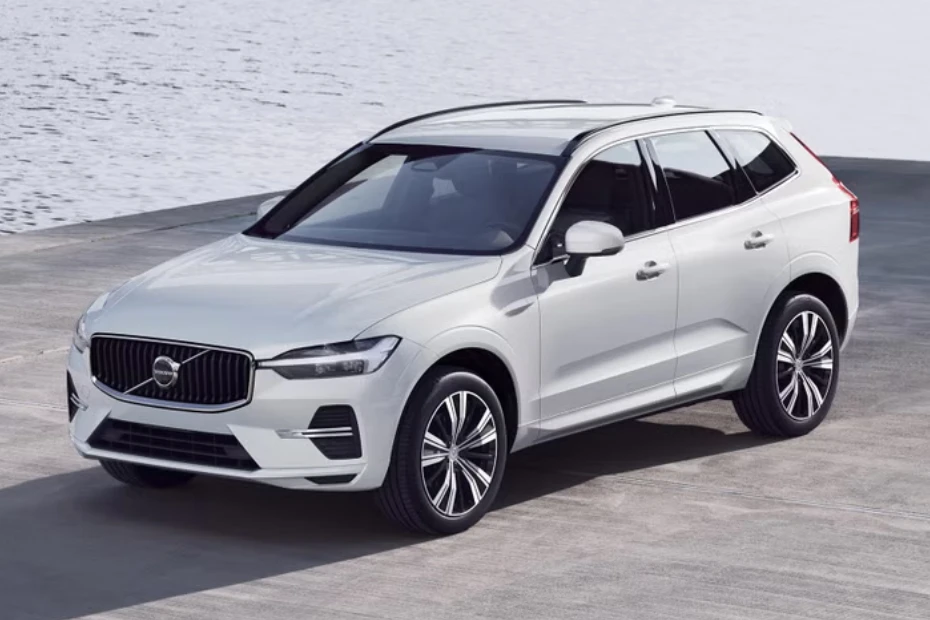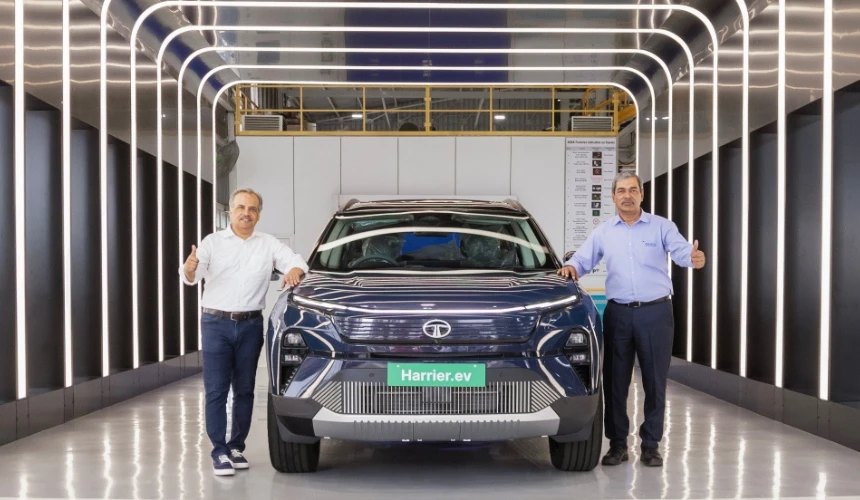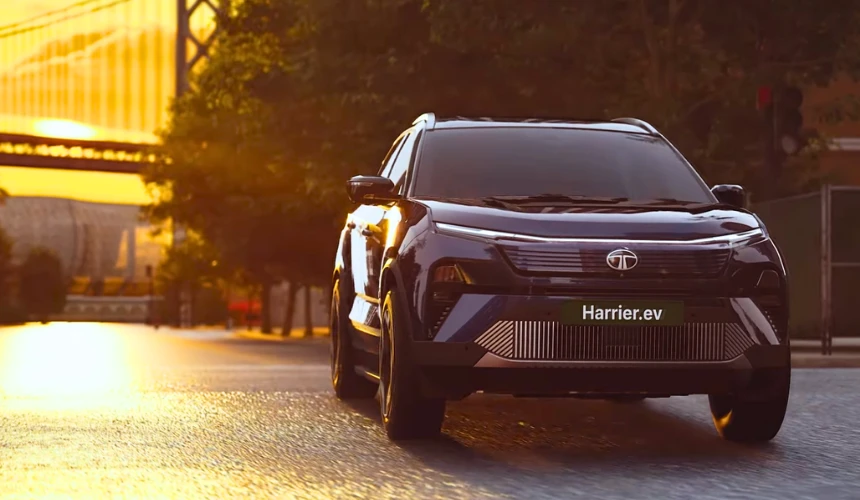Tata Harrier EV
Recommended Cars
Tata Harrier EV Mileage
Tata Harrier EV Key Specifications
Tata Harrier EV Latest Update
Tata Harrier Price in India
The Harrier EV is available in 3 trim levels - Adventure, Fearless+ and Empowered - and in total of 16 variants. The Tata Harrier EV price in India starts at Rs 2149000 and extends up to Rs 3224000. All the prices are ex-showroom, India.
Note - the prices do not include charger and installation cost. For AC fast charger, customers will have to make an extra payment.
Latest Update on Tata Harrier EV
June 24, 2025 - Tata Motors has released the prices of the rear-wheel-drive variants of the Harrier EV. The RWD version is available in the price bracket of Rs 21.49 lakh to Rs 27.49 lakh. The 65kWh RWD version is claimed to offer a certified range of 538km, while the 75kWh RWD version offers 627km of range in a single charge.
June 3, 2025 - the long-awaited Tata Harrier EV has finally been launched in the Indian market at a starting price of Rs 21.49 lakh, ex-showroom. The SUV is the brand’s first model since Safari Storme to offer 4WD layout.
June 2, 2025 - Tata Motors has released a new video showcasing Harrier EV’s off-road capabilities. In the official video, the electric SUV is seen climbing the Elephant Rock mountain peak.
March 11, 2025 - The production-ready Tata Harrier EV was revealed to official Tata dealers and select media at a special event held at Tata’s production facility in Pune.
January 18, 2025 - Tata Motors has revealed the Harrier EV Stealth Edition at the Auto Expo 2025. This model comes with brilliant matte black finishing on the outside and all-black interior theme.
January 17, 2025 - Tata Motors has showcased the production-ready Harrier EV at the 2025 Bharat Mobility Global Expo. The company has confirmed that the new Harrier electric will come with a dual-motor AWD set-up and promises to offer a maximum torque of over 500Nm.
Key Features of Tata Harrier EV
- World’s first Neo QLED in automotive, display powered by Samsung, 14.5-inch touchscreen
- acti.ev+ architecture
- Auto park assist
- Surround view camera (540 degree view) with transparent mode
- Dolby Atmos sound system (Experience TV and home theatre like visual and sound experience)
- Automated fast tag charger using UPI
- Digital driver display with inbuilt mapple navigation
- Panoramic sunroof
- Ventilated front seats
- Electrically adjustable front seats with memory function
- Summon Mode
- Powered Boss Mode
- Multi-mood ambient lighting
- Vehicle to load up to 3.3kW
- Vehicle to Vehicle charging up to 5kW
How safe is Tata Harrier EV?
Tata Motors claims that the Harrier EV is ready for 5 star crash test rating from Bharat NCAP (New Car Assessment Program). The SUV is based on the new Acti.ev+ architecture, which is optimised with 57.5% special steels and reinforced for safety and security. The electric SUV is claims to have 62 per cent better torsional stiffness than segment players.
For safety and security, the Harrier EV comes with 7 airbags, ABS with EBD, hill launch and hill descent assist, eRVM and dash cam with inbuilt recording, front and rear parking sensors, surround view camera, ESC and others. The SUV also gets LEVEL 2 ADAS with 22 features such as adaptive cruise control, autonomous emergency braking, auto high beam, lane assist, blind spot monitoring and others.
Harrier EV Specifications
The Tata Harrier EV is packed with two battery choices - 75kWh and 65kWh. Both QWD (Quad-wheel-drive) and rear-wheel-drive configurations are on offer. The SUV is claimed to offer an instantaneous torque of 504Nm.
The rear-axle-mounted electric motor is rated at 235bhp. In the QWD system, the rear motor and front-axle mounted electric motor offers 235bhp and 156bhp, respectively. The electric SUV is claimed to achieve 0-100kmph acceleration in just 6.3 seconds, making it the fastest in its category.
Charging Time - the Harrier EV supports fast charging and its battery is claimed to achieve 250km of range in just 15 minutes. Using a 120kW DC fast charger, the battery can achieve 20-80 per cent charging status in just 25 minutes.
The SUV also gets multi-link rear suspension setup, also called Ultra glide suspension setup, to offer better performance on both on-and off-road. The Tata Harrier EV offers 6 terrain modes - Snow, Sand, Rock-Crawl, Mud Ruts, Custom and Normal
Tata Harrier EV Range - Mileage
The electric Harrier is available in three versions, namely 65kWh RWD, 75kWh RWD and 75kWh QWD dual motor. The 65kWh RWD version is claimed to offer an ARAI certified range of up to 538km on a single charge. The 75kWh battery with RWD and QWD set-up offers a range of up to 627km and 623km, respectively.
The company claims that the Harrier EV 65kWh version offers a C75 real-world range of around 420km to 445km. The 75kWh battery version claims to deliver a range of 480 to 505km, while the 75kWh QWD version has a claimed range of 460km to 490km.
Harrier Electric Colors
The Harrier EV is available in 4 colours namely, Nainital Nocturne, Empowered Oxide, Pure Grey and Pristine White. It is also available in the Stealth Edition finished in matte grey.
Harrier EV Battery Warranty
The company has announced that the Harrier EV battery comes with a lifetime unlimited kilometres warranty.
Dimensions of Tata Harrier EV
The new electric Harrier measures 4607mm in length, 2132mm in width and 1740mm in height, and has a wheelbase of 2741mm. Compared to the ICE powered Harrier, the EV is 210mm wider, and 22mm taller.
What is the boot space of Tata Harrier EV?
The Tata Harrier electric SUV is claimed to offer an impressive boot space of 502-litres with all seats in position. The boot space is big enough to accommodate your weekend bags and large suitcases. The SUV also offers front frunk space to carry your luggage.
Competition
The Tata Harrier EV directly rivals the Mahindra BE 6 and XEV 9e. Adding to it, the SUV could impact the sales of the BYD Atto 3 and others in the category.
Tata Harrier EV Price in India
Tata Harrier EV Variants
People Also Searched For
Tata Harrier EV Colours
Tata Harrier EV Images
Trending Tata Cars in India
Upcoming Tata Cars
Popular Cars
Tata Harrier EV Price in India
Tata Harrier EV News & Updates
Tata Harrier EV Car FAQs
Looking for
Car Loan?

Harrier EV Brochure
Trending Tata Cars in India
Upcoming Tata Cars
Popular Cars
Tata Harrier EV Price in India
Trusted Dealer
All Over India
Irresistible Offers
Stay Updated, Pay Less
Compare Cars
Choose the Right Car
Easy Finance
Multiple Finance Options

Monday - Saturday
10:00am - 6:30pm
+91 7947722777, +91 7479000444, +91 9311718549
contact@carlelo.com



